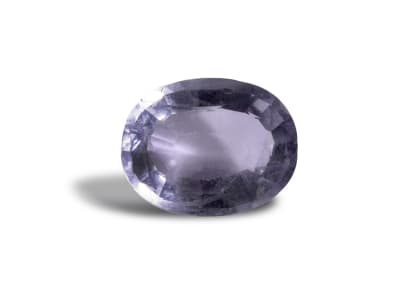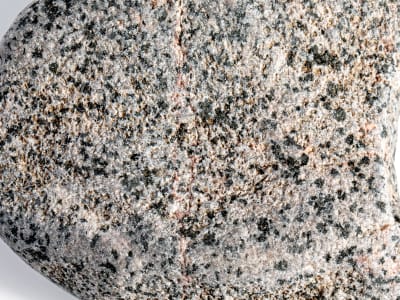Discovered in Greenland in the late 1890's, hackmanite is named for Finnish geologist Victor Hackman. It is a rare occurrence to find gem-grade hackmanite; at best, most crystals are translucent. Hackmanite is the light pink to pale violet variety of sodalite. It is a particularly unusual gem because it exhibits a special optical property known as "tenebrescence," a type of reversible photochromism. This feature allows the gems to temporarily change color when exposed to different light forms. While hackmanite gems are usually pink to violet, the color quickly fades to gray or greenish-white in sunlight, and will slowly return to the original color after changing the light. Its tenebrescent property makes hackmanite a prized mineral for collectors.
General Information
LWUV: moderate to strong orange to yellowish orange
Hackmanite Colors
-
 Blue
Blue -
 Gray
Gray -
 Pink
Pink -
 Purple
Purple -
 Purple
Purple -
 Purple
Purple -
 White
White
Countries of Origin
Canada; Myanmar; Afghanistan; Russian Federation; Unknown; Guinea; Norway; United States of America; Greenland
Care
When exposed to sunlight the color will fade to white. Color will return if stones are stored in darkness for several days or when exposed to shortwave ultraviolet light.

